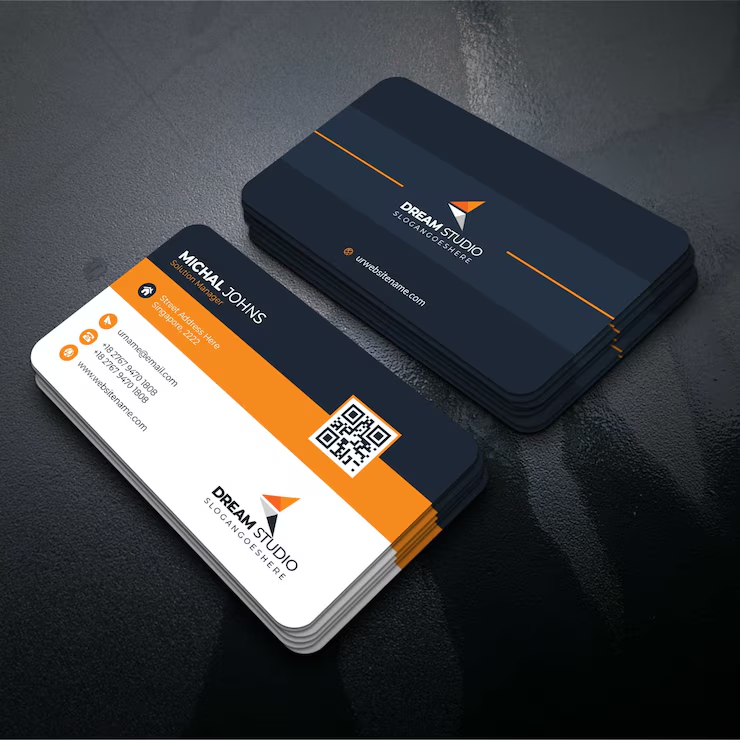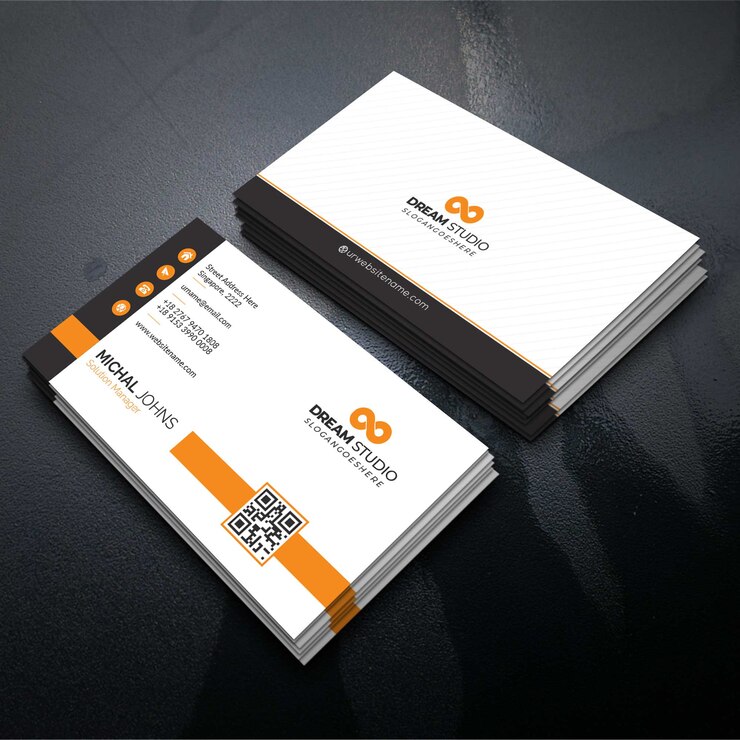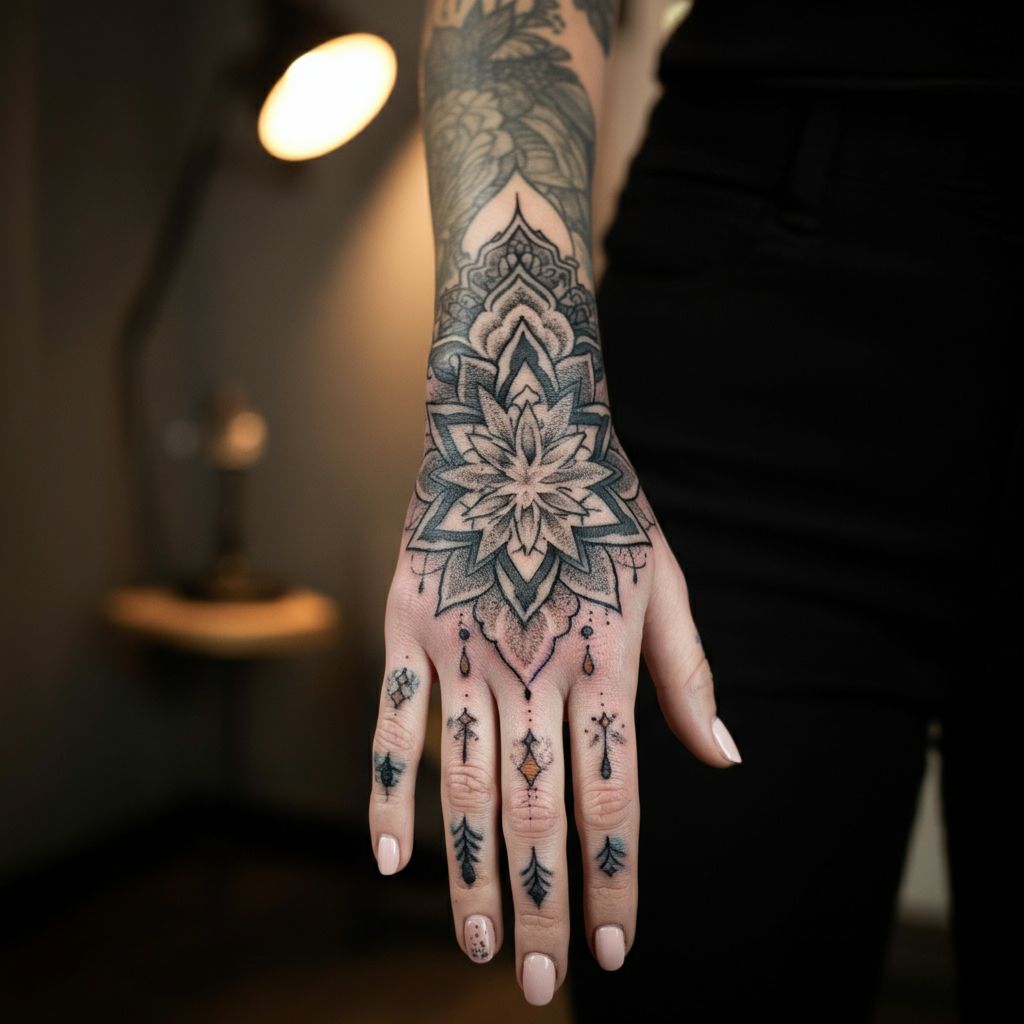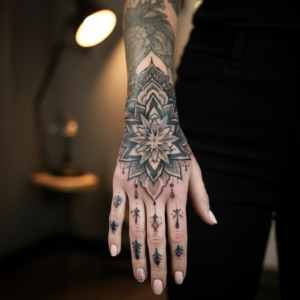Introduction
In an era where LinkedIn connections and email signatures dominate professional interactions, you might question the relevance of Buisness card. However, these small yet powerful tools continue to hold significant value in networking and making lasting impressions. This blog post will explore the enduring importance of business cards, their evolution, and their role in modern-day professional settings. By the end, you’ll understand why business cards remain essential and how to make yours stand out.
Historical Evolution of Business Cards
The Origin and Early Uses of Business Cards
Business cards have a rich history dating back to 15th-century China, where they were used as “visiting cards” by aristocrats to announce their arrival. In Europe, particularly in France during the 17th century, such cards became symbols of status and etiquette among the elite. These early business cards featured elaborate designs and intricate details, reflecting the social standing of their owners.
The Transition to Digital Business Cards
Fast forward to the 21st century, and the advent of digital business cards has significantly impacted traditional cards. Digital business cards offer the convenience of storing and sharing contact information electronically. Despite this shift, traditional business cards remain invaluable. They provide a tangible, personal touch that digital formats often lack, making them essential for face-to-face interactions.
Impact on Traditional Cards
The rise of digital business cards hasn’t rendered traditional ones obsolete. Instead, it has encouraged a blend of both, offering professionals the best of both worlds. A physical business card can direct recipients to online profiles via QR codes, bridging the gap between the tangible and digital realms.
Key Elements of an Effective Business Card

Design: What Makes a Visually Appealing Business Card
A business card’s design is crucial in making a memorable first impression. A well-designed card should reflect your brand’s identity and professionalism. Opt for a clean layout, balanced use of colors, and readable fonts. Incorporate your logo and ensure the design aligns with your overall branding strategy.
Information: Essential Details and Presentation
When it comes to the information on your business card, less is more. Include essential details such as your name, job title, company name, phone number, and email address. A brief tagline or your company’s website can also be valuable. Arrange the information logically and use bullet points or separators to enhance readability.
Print Quality: Choosing the Right Paper, Ink, and Finish
Print quality can make or break a business card. Choose high-quality paper stock that feels substantial and durable. The type of ink and finish, whether matte, glossy, or embossed, can add a touch of sophistication. Investing in quality printing ensures your business card leaves a lasting impression.
The Role of Business Cards in Networking
Facilitating Memorable and Effective Networking
Business cards are indispensable tools for networking. They serve as tangible reminders of your professional encounters, helping you stay top-of-mind long after the initial meeting. Handing over a buisness card can spark meaningful conversations and foster connections that might not happen through digital means alone.
Tips for Using Business Cards in Various Networking Situations
To maximize the impact of your business card, always carry a stack with you. Be prepared to offer them during conferences, meetings, and social gatherings. When presenting your card, do so with both hands as a sign of respect, especially in cultures where this gesture is valued. Personalize each interaction by jotting down a quick note on the back of the card before handing it over.
Business Card Trends and Innovations

Current and Emerging Trends in Business Card Design and Functionality
Business card trends are continually evolving to keep up with modern design and technology. Minimalistic designs, bold typography, and unique shapes are currently popular. Adding interactive elements like QR codes, NFC chips, or augmented reality features can make your card stand out and provide additional value.
Examples of Innovative Business Card Concepts
Innovative buisness card push the boundaries of creativity. Examples include cards made from unconventional materials like wood or metal, cards that double as useful tools (e.g., bottle openers), or those that transform into 3D shapes. These inventive designs not only capture attention but also showcase your creativity and willingness to think outside the box.
The Future of Business Cards
Predictions on the Future of Business Cards in a Digital-First World
As technology continues to advance, the future of buisness card will likely see further integration of digital and physical elements. While traditional cards will remain relevant, their digital counterparts will evolve, offering more interactive and personalized experiences. AI-driven customization and real-time updates could become standard features, allowing for dynamic and adaptable business card.
Strategies for Integrating Traditional and Digital Business Cards
To stay ahead, consider combining traditional and digital buisness card. Use physical cards for face-to-face interactions and digital versions for online networking. Incorporate QR codes leading to your digital card, social media profiles, or portfolio. This hybrid approach ensures you remain versatile and accessible, no matter the networking scenario.
Conclusion
Business cards continue to play a vital role in professional settings, bridging the gap between traditional and digital networking. Their ability to convey professionalism, foster connections, and leave lasting impressions makes them indispensable tools.








